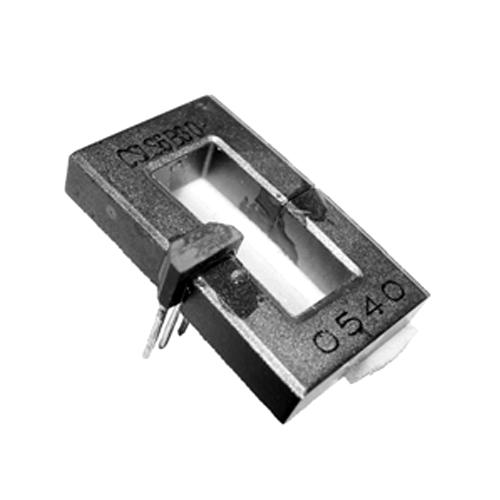Current transducers are mainly used to measure the magnitude of current in a circuit. They are an important part of modern electrical systems. They can provide accurate current measurement and achieve efficient power monitoring. They are widely used in industrial automation, renewable energy, electric vehicle charging, and power quality monitoring.
OFweek Mall is a large online electronic component mall. We supply hundreds of high-quality current transducers for you to choose from.
The following content will give you a detailed introduction to the types of current sensors supplied by OFweek.
What Types of Current Transducers Does OFweek Supply?
Hall Effect Current Transducers
We currently offer CSN Series, TBC-LTHB, CSLS Series, CSCA-A Series, TKC-TG3, TKC-KDRA Series, and a variety of Hall effect current transducers under the Cr Magnetics brand. Each one comes with a detailed specification sheet.
Split Core Current Transducers
14 Cr Magnetics split core current sensors for you to choose from.
Average RMS Current Transducer
A variety of CR4480, CR4470, CR4460, CR4450, CR4420, CR4411, and CR4410 series average RMS AC current Transducers. All supplied by original brand merchants of reliable quality.
Self-powered Current Transducer
We supply CR4211S, CR4210S, and CR4210 low-cost self-powered AC current transducers.
True RMS Current Transducer
A variety of Cr Magnetics brand true RMS AC current transducers for you to choose from. Including CR4180, CR4170, CR4160, CR4150, CR4120, CR4111, CR4110 series, etc.
The above are the types and models of current transducers supplied by OFweek. If there are any models you are interested in, please visit our official website. It is also worth mentioning that all our current sensors are sold directly by the original manufacturers, the price is very affordable, and they support 30 days return and exchange.
Related Articles










